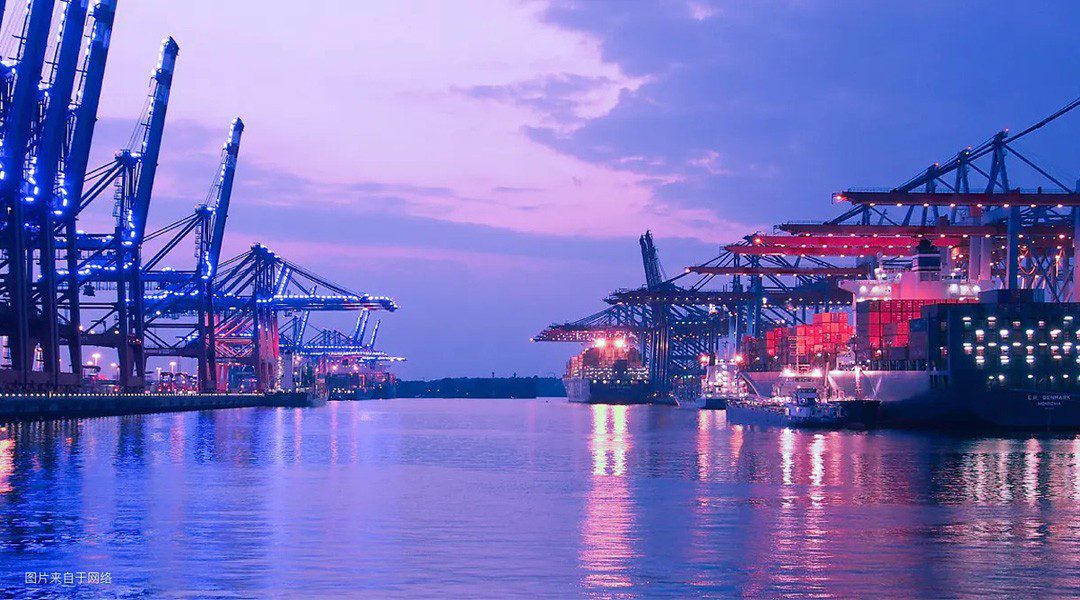Fast changing greenhouse gas (GHG) regulations are having a profound effect on shipping companies’ commercial relationships with increasing costs seeing investors with a longer-term outlook replacing the traditional asset play model, according to Danish Ship Finance (DSF).
Fundamental change in the maritime business model, said DSF, is driven by global emission targets that are shaking up the investor base, which ultimately will change the composition of the global fleet.
Meeting 2030 targets can be achieved through the optimisation of current vessels and the operating companies’ commercial structures. Whereas achieving the considerably tougher 2050 targets will require new ships and new fuels. And that means companies will need,“the ability to innovate income models,” even for the less challenging 2030 targets.
DSF argues, “Fundamental changes to the strategic imperative of the industry’s commercial structure will be needed before 2050. To reach net zero by 2050, we may need to rethink how value is created from vessel ownership. Vessels as an asset class may begin to reward investors with a stable long-term yield on invested capital.”
According to DSF, the maritime sector is “pivotal” to the cost-effective connection of the global economy and enabling trade flows.
A vessel’s trading life is between 20 and 30 years and that means positions the industry to handle regional shifts and global imbalances, but the life expectancy of the fleet also exposes shipping to megatrends including decarbonisation.
Decarbonisation will necessarily mean rising newbuilding and new fuel costs which in turn could see the volumes of goods shipped decline: “Critical seaborne volumes are likely to be phased out even during periods of economic growth.”
Such a decline over the coming years puts several key maritime sectors at risk of significant decline from 2030 onwards, including large container vessels, and fossil fuel carriers.
Volatile rates will result from these seismic changes, noted DSF, which will require owners to adapt to declining demand and over-capacity. In this scenario, DSF said, “It will be challenging to renew fleets and adapt to higher costs during periods of low earnings.”
With the transition to low-emission fuels in full swing, new vessels will be ordered ushering in a period of over-capacity and lower freight rates as existing fleets attempt to navigate the reality of declining demand and growing capacity, with existing vessels particularly exposed.
“Fleets servicing long-term cargo contracts create value for investors through their cash flow yields, while vessels trading spot are more likely to create value through the asset game,” pointed out DSF.
As the market shifts the “investor landscape” will also alter with traditional maritime investors seeing long-term contracts owned by institutional investors that have long-term investment goals.
Regulatory intervention is transforming the fundamental basis on which the maritime sector operates, with the development of new expensive fuels only possible if operators commit to long-term agreements.
“This is an important observation since the asset game seems unlikely to play a major role in a future where vessels and cargo are bundled and pre-booked for ten to 15 years,” added DSF.
Investments in the sector will require a view on the combined cost of ownership and operation with emphasis on counterparty risk and will be “subject to the cargo owner’s credit quality”.
“Many existing players will likely find such an outlook extremely unattractive since many shipping investments thrive in times of high volatility. The good news, though, is that it will allow the industry to drive down absolute emissions to net zero by 2050,” concluded DSF.
Mary Ann Evans
Correspondent at Large





